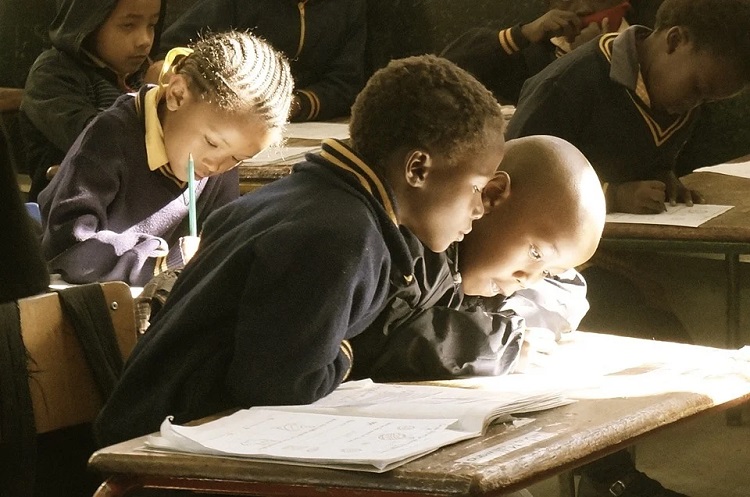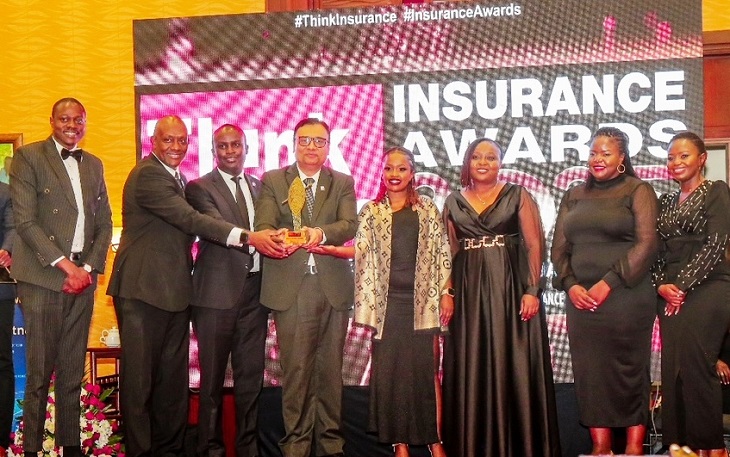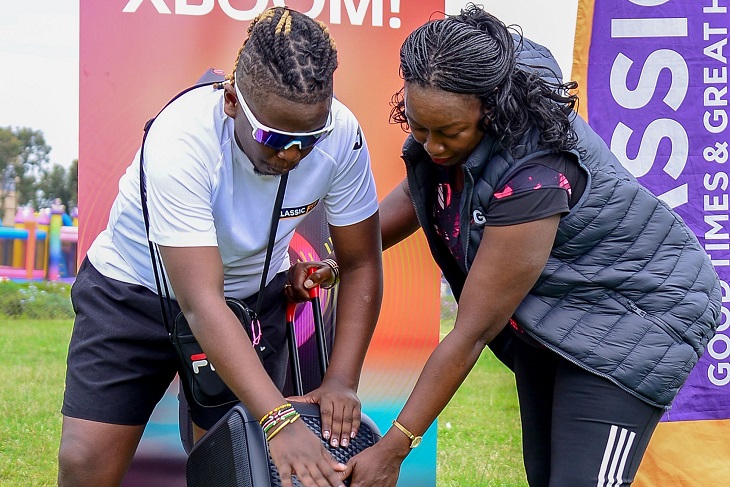There remains a glaring gap in the coverage of women in crucial spheres—political, economic, business, and entrepreneurial across newspapers, TV, and digital platforms in East Africa, states a report by the Aga Khan University Graduate School of Media and Communications ’The State of Women in the Media: Coverage and Framing of Women in East African Media’. The study reveals that the framing of women in newspaper articles is progressive with 50% of the articles framing women in a very positive and progressive light.
The research delved into the intricate dynamics of media framing, coverage, and the representation of women in newsrooms. The findings were from a sample of six newspapers, six TV stations, seven digital publishers in Kenya, Uganda, and Tanzania, and 54, 65, and 81 news media organizations from Kenya, Uganda, and Tanzania respectively whose documents and programming were analyzed.
The study reveals that in Kenya, women predominantly miss the headline stories of most newspapers in East Africa. They are neither mentioned nor covered in most of the headline stories with 23% of the sampled days having no mention or coverage of women in Kenyan newspapers. In Uganda and Tanzania, the dearth of women in the headline stories is even more alarming at 55% and 39% respectively.
“The findings reveal troubling disparities – while women constitute a significant portion of the media workforce, they are disproportionately under-represented in key areas, particularly in the creation and dissemination of news stories. Even more concerning is the fact that a significant majority of the stories covering women are authored by male journalists highlighting a critical imbalance in perspectives and narratives,” noted Prof. Nancy Booker, Dean at the Graduate School of Media and Communications (GSMC).
Prof. Booker noted that women remain underrepresented in both business and editorial positions within media houses throughout the region.
The research also reveals that newspapers, particularly in Uganda (55%) and Tanzania (39%), often have days with no mention or coverage of women in headline stories. Kenya, while having only 27% of such days, contributes to an East African average of 40% of headline stories with no women mentioned. The absence of coverage of women in headline stories suggests a potential omission of women in stories that are deemed highly relevant and are deliberately directed at readers for optimal attention.
“For far too long, women have been left out in data which is used to create policies and programs. My office is keen on making sure that we ensure women are represented in politics, economy, data, engineering, and media. I therefore commend this report which is playing an instrumental role in providing that data e, specially on both traditional and digital media,” said The Presidential Advisor on Women Rights, Hon. Harriette Chiggai, who was the Chief Guest.
However, the framing of women and their expertise in news stories that featured women in newspapers, TV, and digital was generally positive. Most newspaper stories pronounced salient aspects of women that are progressive within the context of gender equity. Uganda had more stories with positive framing of women compared to Kenya and Tanzania.
“It is important that we confront these gender disparities and work collectively to effect meaningful change. By amplifying women’s voices, challenging existing narratives, and advocating for gender-inclusive media practices, we can have a more equitable and representative media landscape,” added Prof. Booker.
Despite the gap in representation of women, the study reveals that the framing of women in newspaper articles is progressive with 50% of the articles framing women in a very positive and progressive light. Newspapers seem to have paid in-depth attention to stories that framed women as succeeding in what they do, women as heroines of success stories, and women as breaking the glass ceiling in a fashion that normalizes women’s success as most of the stories that were framed women along these attributes were treated as feature stories. TV on the other hand gave in-depth attention to stories that framed women as victims of circumstances including victims of a male-dominated world, women as the cause of problems and failures in different circumstances, and women as subservient/submissive to men.
The study emphasized the pivotal role of diversity in newsrooms in shaping media narratives on gender issues, highlighting the need for more women in decision-making roles within news organizations.
The research was done under the Advancing Gender Equality in Media and Civil Society in East Africa (AGEMC-EA) project, which is being implemented by GSMC in collaboration with the Aga Khan Foundation, with support from Global Affairs Canada (GAC). This project identifies the media as vital in strengthening women’s empowerment and gender equality.
Related Content: Factors To Consider When Choosing The Right Social Media Platform












